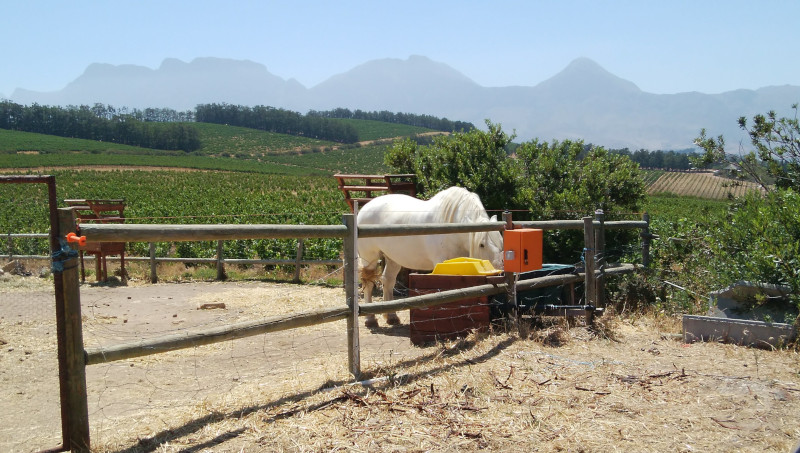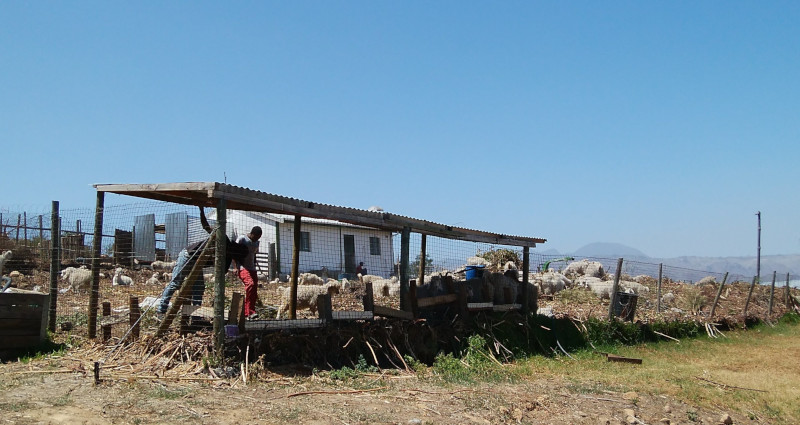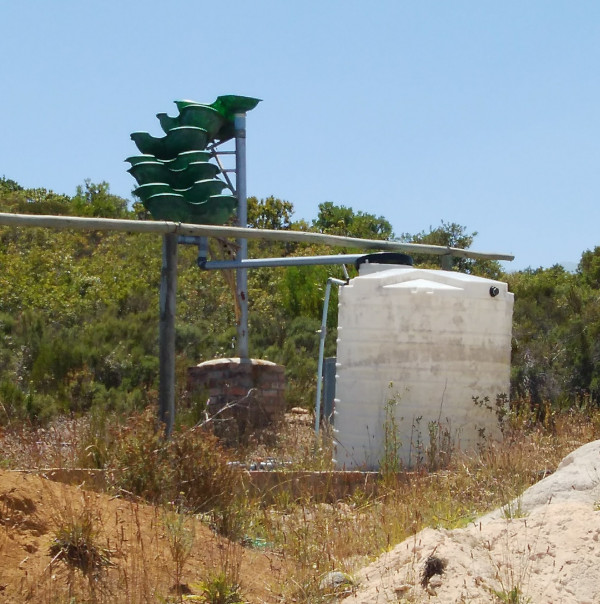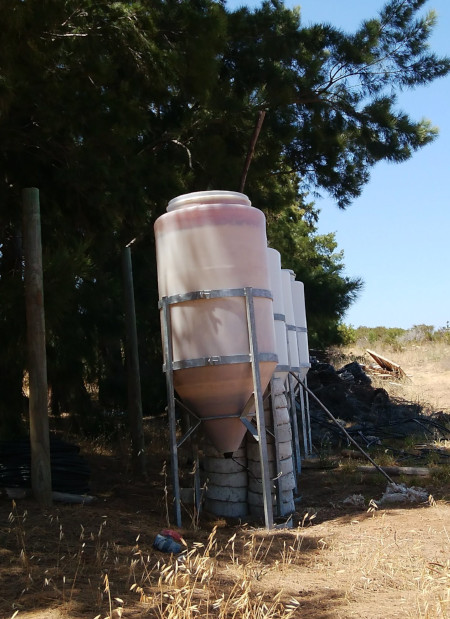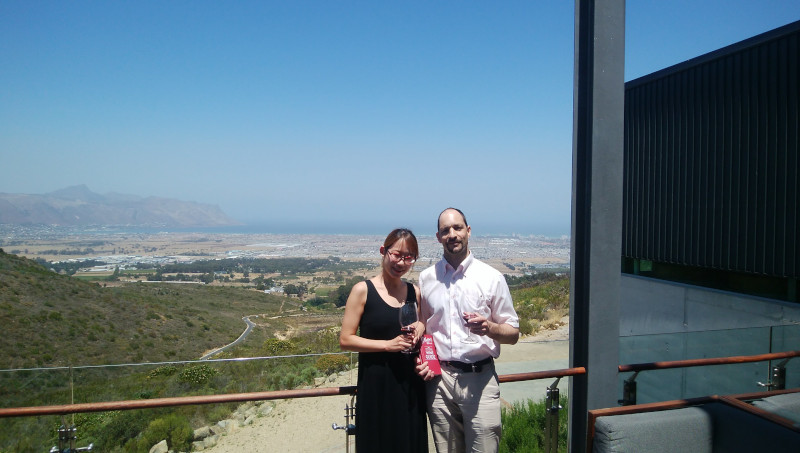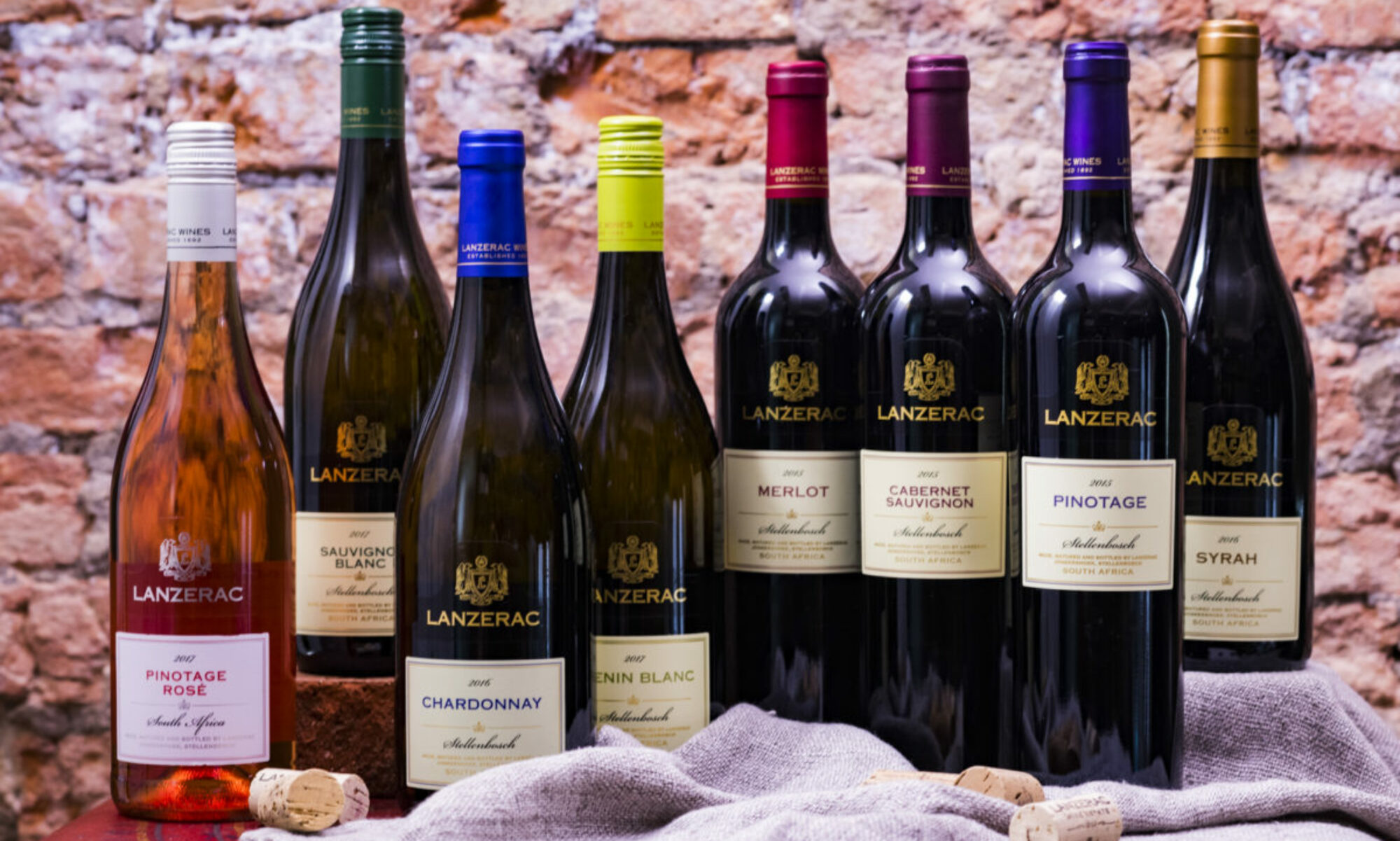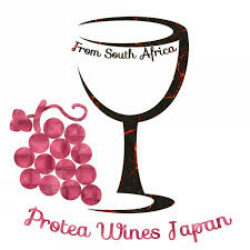Protea Wines is proud to present in Japan the False Bay range of biodynamic wines, incidentally also vegan, sourced from small vineyards with old bush vines around the coast of False Bay. These vines have over the years found a natural balance with their terroir, thus expressing it through the grapes giving a unique flavour.
Introduction
Located on the slopes above the False Bay Coast of Cape Town, South Africa, Waterkloof estate is engaged 100% in biodynamic farming, with extensive effort to conserve the region’s fynbos ecology, and creating sustainable wines expressing the varied terroir to be found in vineyards along this coastline, similar in style to the Provence region of France.
Separate from the estate brands, owner Paul Boutinot founded a new company, False Bay Vineyards, to cater for a related vision: wines made from grape sourced from small local vineyards with old bush vines naturally adapted to their environment from around False Bay, and fermented with wild yeast and minimal intervention.
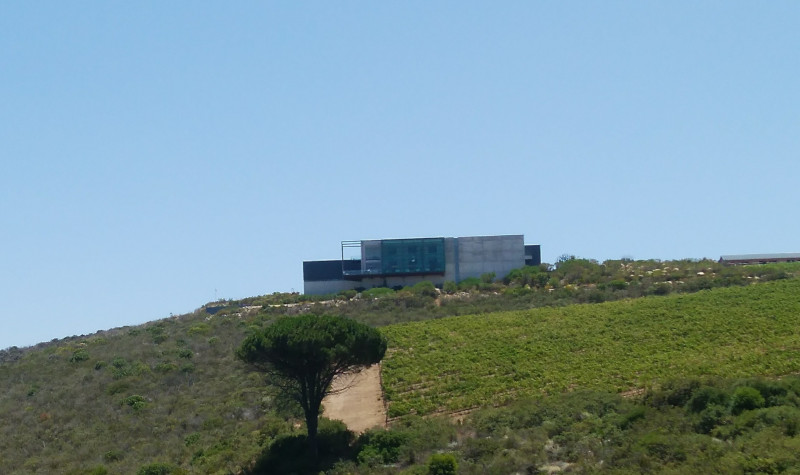
False Bay Vineyards Particulars:
- Location: False Bay, Helderberg
- Farming style: Biodynamic
- Contributions: Fynbos conservation
- Brand Info: False Bay Range, locally sourced from vineyards with old bush vines
- adapted to their terroir, fermented with wild yeast.
- Established: 2005
- Awards: WWF Biodiversity Champion
Waterkloof Estate’s False Bay range thus caters both towards the health-conscious wine lover, as well as those curious about the variation in terroir and how this is represented in the flavour of the wines, fermented with wild yeast and minimum intervention to ensure that the flavour of the grapes and the terroir expression remains pure. The production of this range is a real treasure, as previously the grapes were sold to local large wine cooperatives and blended into generic wines.
The area is increasingly recognised as one of the premier cool-climate growing areas in South Africa.
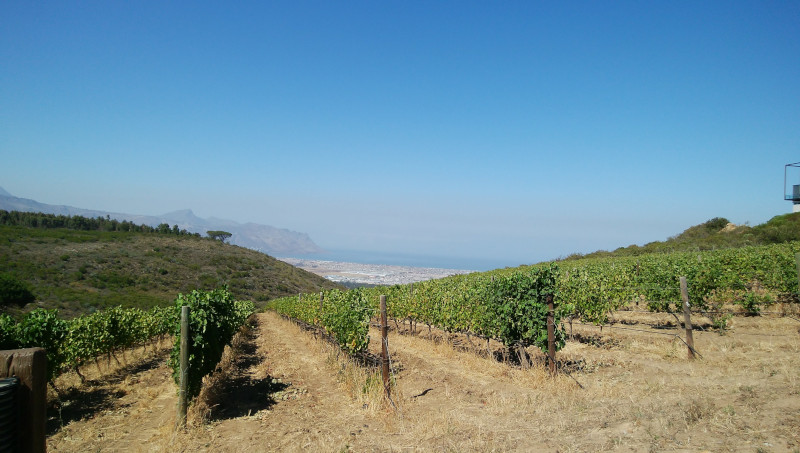
Wine-making
At Waterkloof wine is made in the sought-after classical French style, using a gravitational cellar, meaning the juice is not forced out of the berries, as well as open top fermenters which naturally regulate temperature. This ensures that the grapes start fermenting in a natural way, on natural yeast. After fermentation the wines are further matured in 600l demi-muids (French oak barrels).
Farming organically and using the principles of biodynamics leads to smaller grapes with thicker skins, thereby aiding in the fruit extraction and elegance of the wine, while also adding tannins which let the wines age better.
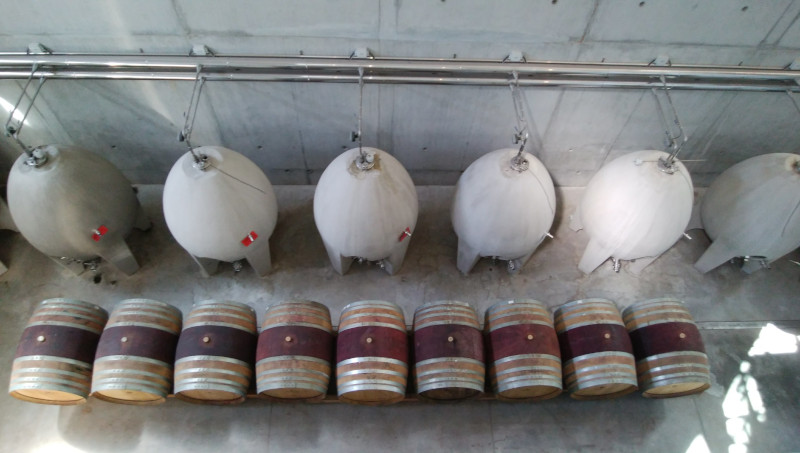
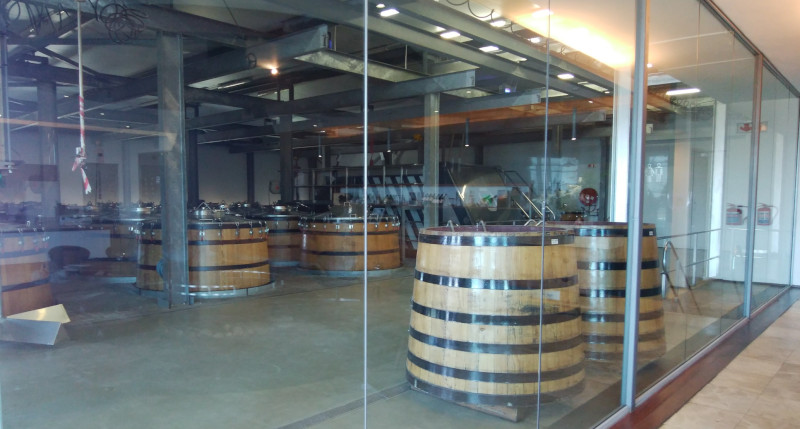
History
In 1993 owner Paul Boutinot commenced his search for a vineyard site with the potential to produce truly fine wine with a defining sense of origin. After ten years of effort, he narrowed the search down to a small area on the south-facing slopes of the Schaapenberg, overlooking False Bay in the Cape, and Waterkloof was born.
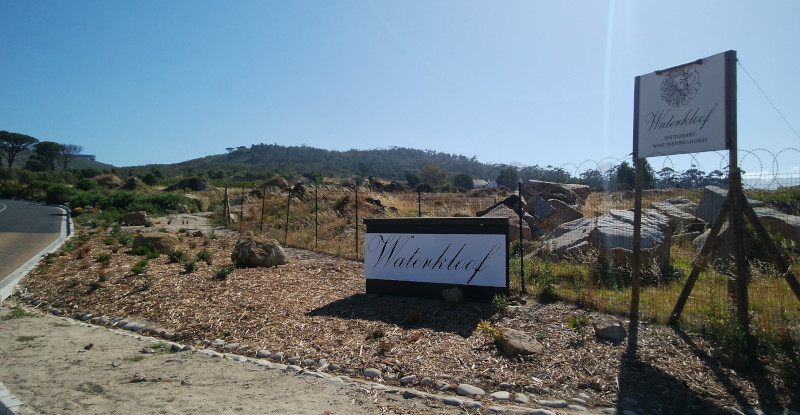
Development of Waterkloof Estate
Although grapes were planted on Waterkloof since the early 1970s, the production of fine wines originated when the farm was planted, with some of the best material available, in the mid-1990s. Paul Boutinot took over the property just before the 2004 harvest, but the first vintage bottled under the Waterkloof name was from the 2005 harvest.
From the outset, it was decided that half of the farm should be set aside to preserve the rare and abundant natural vegetation, fauna and flora (fynbos) situated on the property and in May 2008, Waterkloof was awarded Champion Status by the World Wildlife Fund’s Biodiversity & Wine Initiative, for its enterprising endeavours in this regard.
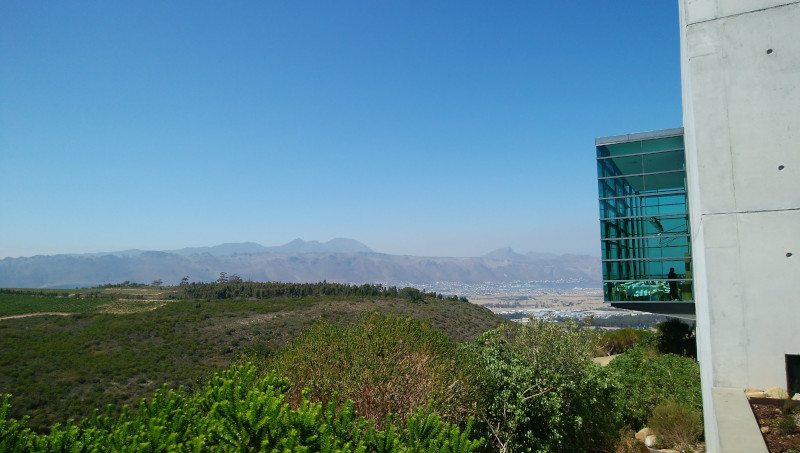
Following on from these efforts, and as a result of Paul Boutinot’s experience visiting vineyards and tasting from a range of biodynamic wine producers around the world, it was then decided in 2008 to convert Waterkloof to a fully-fledged biodynamic farm.
Finally, in 2009 a state-of-the-art gravitational cellar, tasting room and restaurant was constructed on the Schaapenberg and Waterkloof began exporting its unique wines around the world.
Terroir
To many, the intensively farmed district around the town of Stellenbosch is the main wine-producing area in South Africa. Within the Stellenbosch wine growing region, there are various sub-regions, the Helderberg being the coolest, due to its close proximity to the ocean. It is one of the most visually dramatic areas in the Cape, with the Hottentots-Holland and Helderberg Mountain ranges creating a powerful backdrop against which the valley descends into vineyards and finally onto the scenic coastline of False Bay. Wines produced here are heavily influenced by cool sea breezes and ideal soil conditions. This allows for longer ripening periods, lower yields and all the associated benefits for the production of fine wines.
Waterkloof is situated on The Schaapenberg (Afrikaans for ”Sheep Mountain”), which is on the outer edge of the Helderberg sub-region, closest to The Atlantic Ocean. The farm is a scant four kilometres from the False Bay coast, nestled almost in the centre of the circle formed from the Hottentots-Holland and Helderberg mountains.
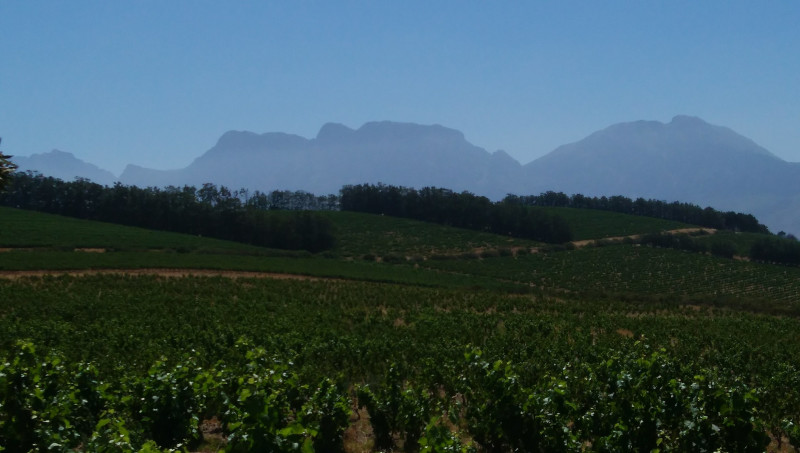
Waterkloof is 150m at its lowest point and 300m above sea level at its highest, containing a myriad of different aspects and variations in topography. This diversity is regarded as an asset, providing several different terroir units. Cool south-facing slopes predominate, but eastern and western-facing slopes are also found, thus providing a natural, sheltered amphitheatre, with direct exposure to the cooling influence of The Atlantic Ocean. The absence of northerly slopes (which would receive more direct sunlight than our south, east and westerly ones), allows for a longer growing season, more complex flavours in the grapes and no sunburnt berries being bought into the cellar.
Effect of Wind
The Waterkloof logo is of Boreas–the God of Wind, which represents the fundamental impact of the wind on the character of the wines. The prevailing south-easterly winds make windbreaks an absolute necessity. The wind, so often cited as a negative factor, can play havoc with the vines at flowering, but actually aids in concentrating flavours on Schaapenberg grapes. The powerful (up to 130km/h) south-easterly wind keeps yields naturally low and it also means that pests and fungal diseases are almost unheard of. This in turn allows for the application of biodynamic farming principles. Meanwhile, the cooler south- westerly wind blowing in directly from False Bay serves to reduce daytime temperatures significantly during the growing season. This is a key terroir characteristic, differentiating the Waterkloof vineyard from those situated over the hills further inland, which have less direct exposure to the ocean.
Soils
Shale-derived stony soils are found on the eastern side of the farm, whereas soils derived from granite are found in the western portions. There is also an intermediate group of soils along the contact zone between these two parent materials, where the upper layers consist of shale material and the subsoil is weathered granite. All soils on The Schaapenberg are relatively low in fertility, again contributing to low yields and deep rooted vines- key attributes for producing fine wines.
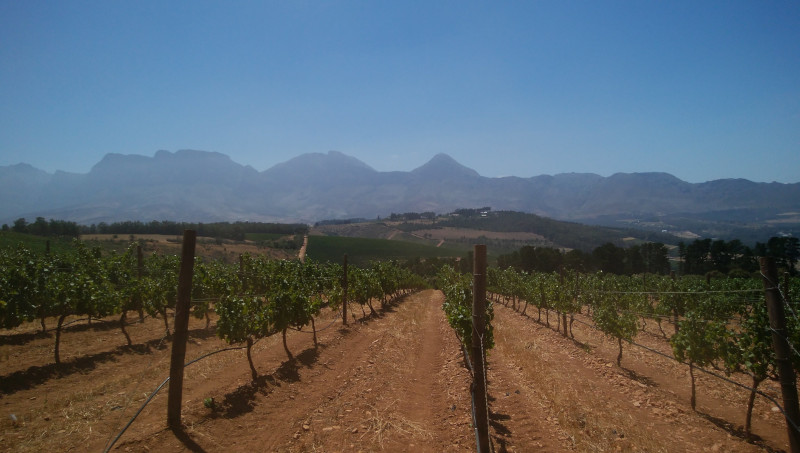
Further images of Waterkloof
Below are images showing aspects of the biodynamic farming methodology used at Waterkloof.
